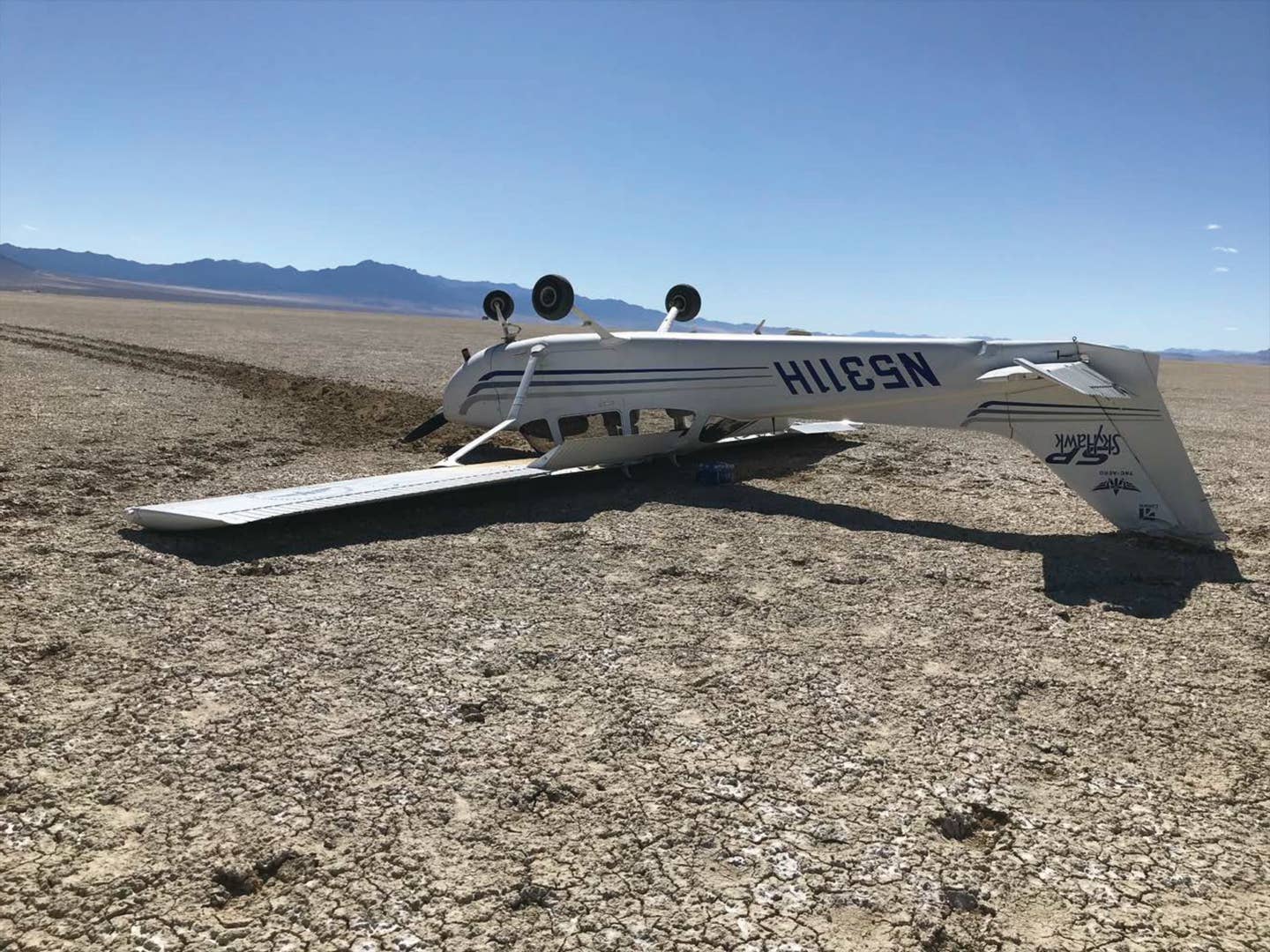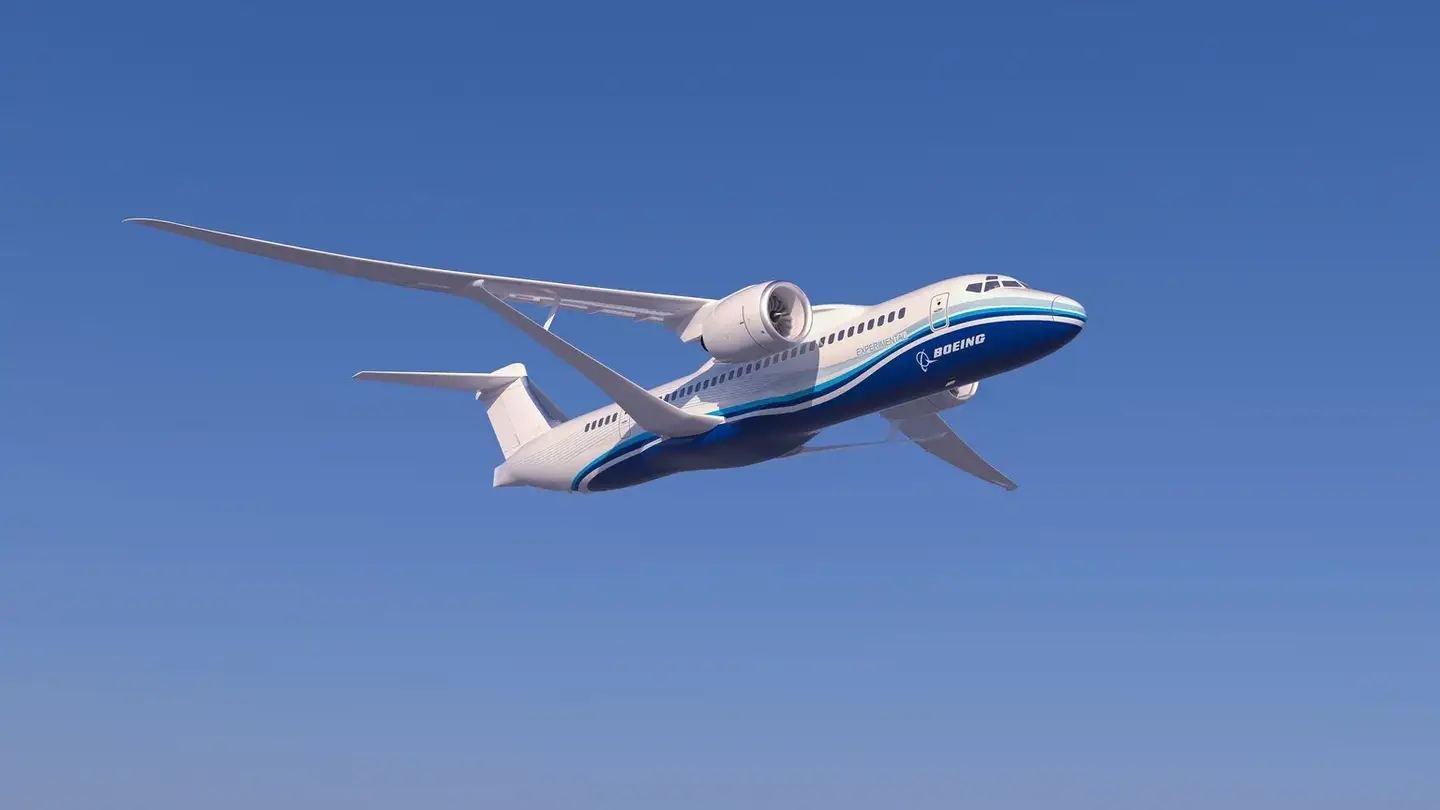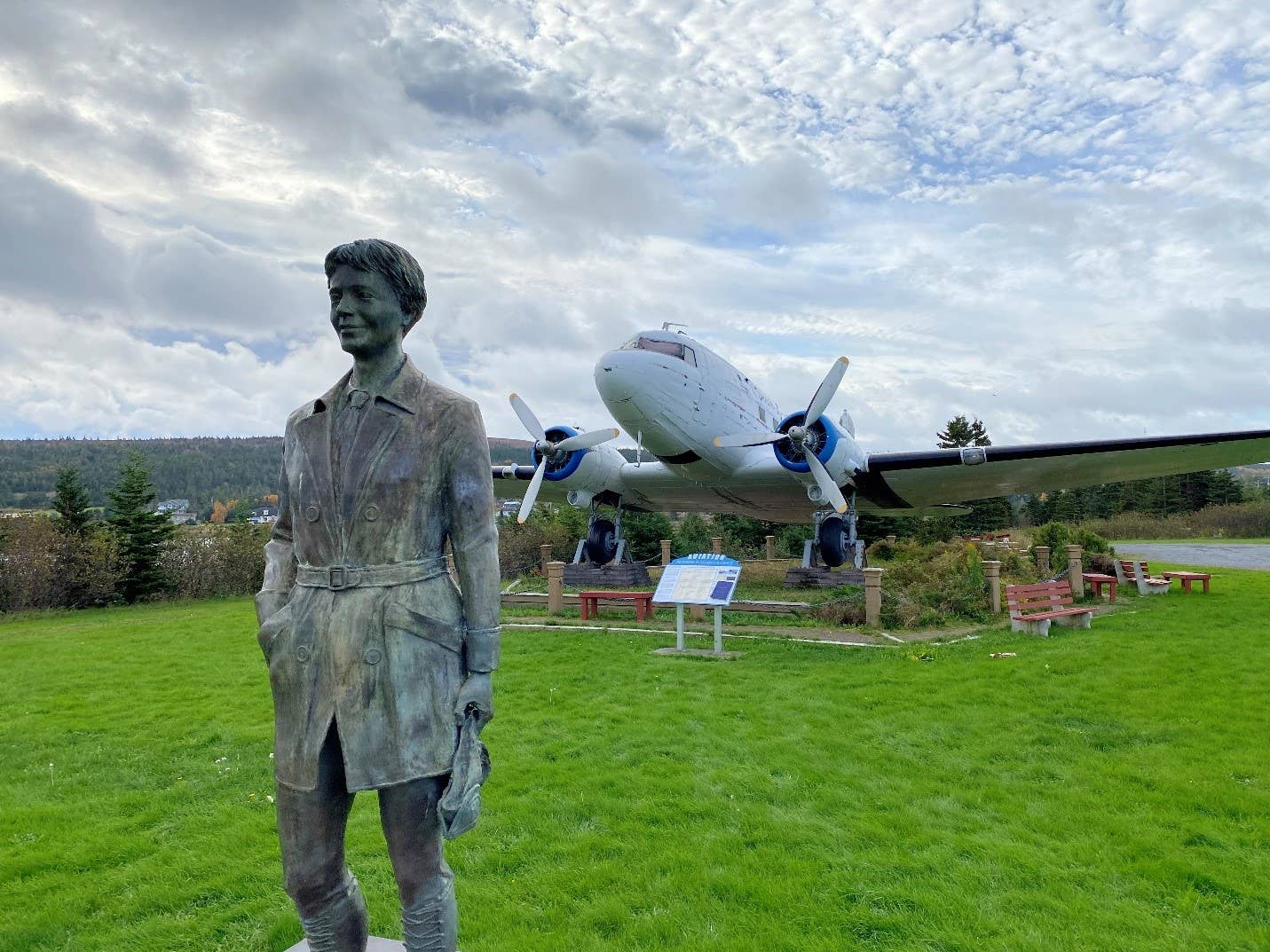Accidents Edge Up in 2019: NTSB
The National Transportation Safety Board published its preliminary accident stats for 2019 that show both general aviation and the airlines with a slight increase in both total and fatal accidents….

The National Transportation Safety Board published its preliminary accident stats for 2019 that show both general aviation and the airlines with a slight increase in both total and fatal accidents. On-demand Part 135 operators saw a slight decline in accidents but an increase in the fatal rate. While the NTSB will conduct a more in-depth analysis of the figures in the near future, the early stats reveal an industry undergoing expansion—remember, this is through 2019—and, with that, a greater number of accidents. This time next year, the results of the massive 2020 downturn will likely paint a very different picture.
For U.S. air carriers in both scheduled and non-scheduled service (under FAR Part 121), 2019 saw 40 total accidents (36 of those under scheduled service) with two fatal accidents resulting in four total fatalities. It is true that airlines flew more in 2019 than the year before, logging some 19.8 million flight hours (up from 19.3 million in 2018) and traveling almost 8.7 billion miles. Because there are so few Part 121 accidents overall, and a slight increase (from 31 total accidents in 2018 to 40), the overall accident rate “jumped” from 0.161 to 0.202 accidents per 100,000 flight hours. The fatal accident rate “doubled” from 0.005 to 0.01 per 100,000 flight hours, but these remain vanishingly low fatal rates. It’s worth remembering that there were no domestic fatalities on Part 121 air carriers in 2002, 2007-8, and from 2010 to 2017.
Part 135 operations had 43 accidents in 2019, of which 13 involved fatalities; 34 people lost their lives. Unlike the scheduled airlines, Part 135 operators (mainly commuters) flew fewer hours in 2019. Commuter airlines flew 415,162 compared to 421,319 the year before, resulting in one of the worse accident rates per 100,000 hours (2.168) in the last two decades. Since 2000, final rates were higher only in 2000-2002, 2008, and 2016. On-demand Part 135 companies flew 3.76 million flight hours in 2019, down from 3.84 million in 2018, and recorded a total accident rate of 0.903 per 100,000 flight hours (down from 1.041 in 2018) but an increase in the fatal rate, which moved from 0.182 to 0.319 per 100,000 flight hours, the worst since 2008.
Finally, for general aviation, while flight hours were up fractionally (21.8 million vs 21.7 in 2018), there were 55 fewer accidents (a total of 1,220) but more fatalities (406 on board, up from 376 in 2018), resulting in, predictably, a slight drop in overall accident rate, to 5.592 per 100,000 flight hours, but an increase in the fatal rate, to 1.069 (up from 1.025). Overall, the fatal accident rate in GA has hovered around 1 per 100K since 2015. Flight hours had been on steady increase since dropping below 20 million a year in 2013.






